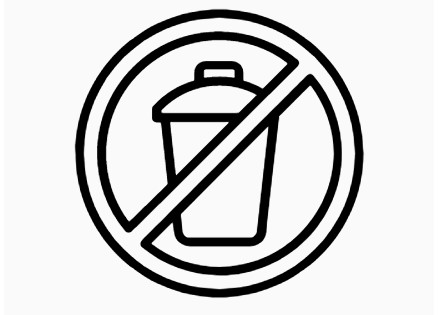Wishcycling

|
Contents |
[edit] Introduction
Wishcycling (wish-cycling or aspirational recycling) describes the unfounded (although often well intentioned) belief that something is recyclable even though it is not. A person who wishcycles often does not know whether or not the item is recyclable, but hopes (or wishes) the item is dealt with in an environmentally responsible manner once it is collected along with other legitimately recyclable materials.
[edit] History
The term wishcycling originated in the waste and recycling industry in the United States. It is believed it was first used in 2015 by a journalist reporting on recycling who had heard an executive from the industry use the term to describe the impact of misdirected recycling activities. Since that time, it has become more widely adopted and is commonly used outside the recycling industry, particularly by the media.
[edit] Problems of wishcycling
Excessive wishcycling can contaminate recycling streams. In some instances, this can result in fines, warning notices or even the discontinuation of recycling initiatives.
Many modern products are made from multiple materials, which is why it can be difficult to be certain what items are recyclable. Considering how an item is made may make it easier to determine whether or not it can be recycled.
In addition, what may be recyclable in one area may not be acceptable in another. Single stream or dual stream recycling policies dictate different sorting practices.
[edit] Resolving wishcycling
Learning which items can and cannot be recycled can help put an end to wishcycling.
The simple act of keeping materials clean (for instance, cleaning off residual substances that contaminate the waste stream) can also be helpful.
[edit] Related articles on Designing Buildings
Featured articles and news
One of the most impressive Victorian architects. Book review.
RTPI leader to become new CIOB Chief Executive Officer
Dr Victoria Hills MRTPI, FICE to take over after Caroline Gumble’s departure.
Social and affordable housing, a long term plan for delivery
The “Delivering a Decade of Renewal for Social and Affordable Housing” strategy sets out future path.
A change to adoptive architecture
Effects of global weather warming on architectural detailing, material choice and human interaction.
The proposed publicly owned and backed subsidiary of Homes England, to facilitate new homes.
How big is the problem and what can we do to mitigate the effects?
Overheating guidance and tools for building designers
A number of cool guides to help with the heat.
The UK's Modern Industrial Strategy: A 10 year plan
Previous consultation criticism, current key elements and general support with some persisting reservations.
Building Safety Regulator reforms
New roles, new staff and a new fast track service pave the way for a single construction regulator.
Architectural Technologist CPDs and Communications
CIAT CPD… and how you can do it!
Cooling centres and cool spaces
Managing extreme heat in cities by directing the public to places for heat stress relief and water sources.
Winter gardens: A brief history and warm variations
Extending the season with glass in different forms and terms.
Restoring Great Yarmouth's Winter Gardens
Transforming one of the least sustainable constructions imaginable.
Construction Skills Mission Board launch sector drive
Newly formed government and industry collaboration set strategy for recruiting an additional 100,000 construction workers a year.
New Architects Code comes into effect in September 2025
ARB Architects Code of Conduct and Practice available with ongoing consultation regarding guidance.
Welsh Skills Body (Medr) launches ambitious plan
The new skills body brings together funding and regulation of tertiary education and research for the devolved nation.
Paul Gandy FCIOB announced as next CIOB President
Former Tilbury Douglas CEO takes helm.






















